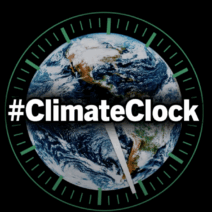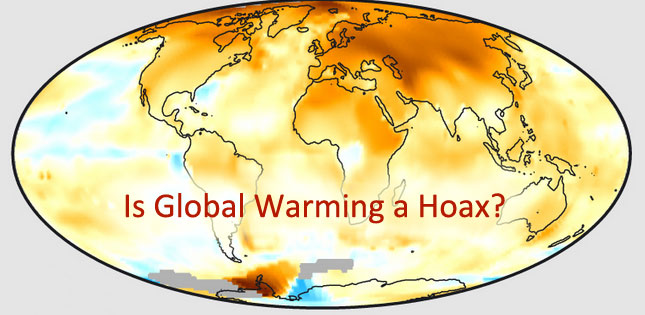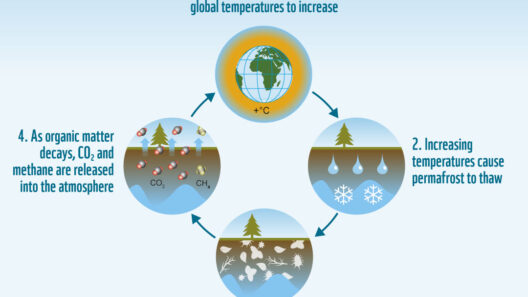Global warming, a term that elicits a spectrum of reactions across the American populace, is often debated fervently. Some observe it as an inconvenient truth necessitating urgent attention, while others dismiss it as an elaborate hoax. To navigate this intricate landscape, one must unravel the common beliefs surrounding this contentious issue, propelling anti-climate change rhetoric into the spotlight. Exploring the underpinnings of these beliefs reveals fascinating insights into the psyche of a nation confronted with an existential dilemma.
The first step in this discourse is to comprehend the general landscape of American beliefs on climate change. Polls and surveys consistently illustrate a bifurcated viewpoint. In surveys conducted by reputable organizations, a significant portion of Americans acknowledges the reality of climate change. However, disbelief persists among numerous groups, fueled by a combination of political ideologies, misinformation, and a certain degree of skepticism fostered by influential figures and media outlets. Understanding these dichotomies unveils the emotional and cognitive dissonance that continues to characterize public opinion.
At the heart of the skepticism lies a pervasive distrust in institutions, often rooted in years of perceived governmental overreach or sensationalism. The U.S. political landscape showcases a potent blend of partisanship, where climate change has become a polarizing issue. Interestingly, research reveals that individuals aligned with certain political ideologies are more prone to reject scientific consensus on climate change. This phenomenon underscores the deeply engrained biases that affect the interpretation of scientific data. The irony is palpable as many who adhere to a free-market ideology question the implications of climate policies and regulations, fearing infringement upon individual freedoms.
Furthermore, the rapid proliferation of digital information—some accurate, much misleading—has contributed to the growing skepticism surrounding global warming. Social media platforms index the profound impact of echo chambers, where misinformation thrives unchecked. Groups marginalized by academic and scientific discourse often resort to these platforms to propagate their narratives, creating a ripple effect of disinformation. This trend complicates the landscape, posing a considerable challenge to climate advocates who strive to communicate the facts effectively.
To dislodge the entrenched belief that global warming is a hoax, it is imperative to present tangible, relatable evidence. For example, hyperlocal climate change effects, such as increasing temperatures, erratic weather patterns, and unprecedented wildfires, can incite curiosity and concern. The frequency of extreme weather events provides irrefutable evidence of changing climatic patterns. To foster belief, it is crucial to convey these phenomena through a localized lens, allowing communities to visualize the tangible effects upon their everyday lives. A shift from abstract concepts to concrete experiences can alter perceptions profoundly.
The intersection of environmental justice with climate change elicits another critical perspective that can challenge misconceptions. The effects of climate change disproportionately affect marginalized communities, who often lack the resources to cope with environmental repercussions. Highlighting these inequities not only underscores the urgency of addressing climate change but also bridges the gap between disparate belief systems. Individuals engaged in social justice can find common ground with environmentalists, fostering a unified front in combating climate change. By humanizing the consequences, skeptics may begin to question their beliefs and consider the broader implications of inaction.
Education plays a pivotal role in restructuring beliefs about global warming. Comprehensive climate education, targeted not only at students but also at adults through workshops and community events, cultivates an informed populace better equipped to engage in discourse. Understanding the scientific method, discerning credible sources, and amplifying critical thinking skills bolster individual resilience against misinformation. Schools and institutions can play a pivotal role in nurturing a generation equipped to tackle the impending climate crisis, reconceptualizing existing beliefs in light of credible scientific evidence.
Moreover, the role of peer influence is significant. People often conform to the beliefs and behaviors of their social networks. If prominent members of a community, such as leaders, educators, and influencers, vocally embrace climate action, they create a ripple effect that can challenge deeply ingrained skepticism. Fostering opportunities for open dialogue within communities encourages a respectful exchange of ideas. By engaging skeptics in conversations rather than confrontations, advocates can gently urge them toward consideration of new perspectives.
Ultimately, addressing the belief that global warming is a hoax requires a multifaceted approach that combines empathy, education, and evidence. It is crucial to cultivate an environment where dissenting voices can discuss their views without fear of ridicule while still guiding them toward scientific comprehension. As curiosity is piqued and minds open, the potential for transformative change increases exponentially.
In conclusion, unraveling the beliefs surrounding global warming in America is fraught with challenges, but not insurmountable. By dissecting the emotional undercurrents and cognitive biases that influence perceptions, one can begin to facilitate a broader understanding of climate change. Engaging communities with localized data, fostering dialogue, promoting education, and addressing social justice elements can ignite a transformative journey toward climate awareness. As skepticism transforms into curiosity and eventually action, the prospect of addressing global warming shifts from a distant burden to an achievable imperative.






